Like the hedge-fund managers who work inside it, 425 Park Avenue faces the dilemma of standing out in a crowd while never screaming for attention or bragging (too) loudly. The reportedly $1 billion building on New York’s fanciest boulevard proves its worth the way high-priced finance bros do: by outperforming the competition (and talking a good game). The old guard here—Mies van der Rohe’s Seagram Building and Gordon Bunshaft’s Lever House—still command respect and challenge any new kid in the ’hood to show he belongs. The first full-block office building on Park in more than 50 years, 425 had to push its way into an exclusive club without seeming to break a sweat. Luckily, Norman Foster has done this before and isn’t easily intimidated. And, luckily for Foster, he had a deep-pocketed client who had hung onto the project through economic downturns, three different mayoral administrations, and the vicissitudes of New York’s rule-making process—and was determined to make a statement.
The client, L&L Holding Company, acquired the property in 2006 when it was occupied by a 32-story office building designed in 1957 by Kahn & Jacobs and had tenant leases that wouldn’t run out until 2015. It had low ceiling heights and outdated mechanical systems, making it unattractive to top-end tenants. The company brought in Lehman Brothers as an equity partner, but Lehman went belly-up at the start of the 2008–09 financial meltdown. David Levinson, chairman and CEO of L&L, found new financing and stuck with the project. In 2012, L&L organized a design competition for a new building, inviting nine world-renowned firms to participate. The client then narrowed the selection to four architects—Zaha Hadid, Richard Rogers, Rem Koolhaas/OMA, and Foster—and spent the next several months meeting with the architects, visiting their offices, touring their work, and getting to know their operations. “I thought it would get easier to make a decision after we cut the field to four,” recalls Levinson. “It got harder. They’re all great architects, and I got friendly with each of them.”
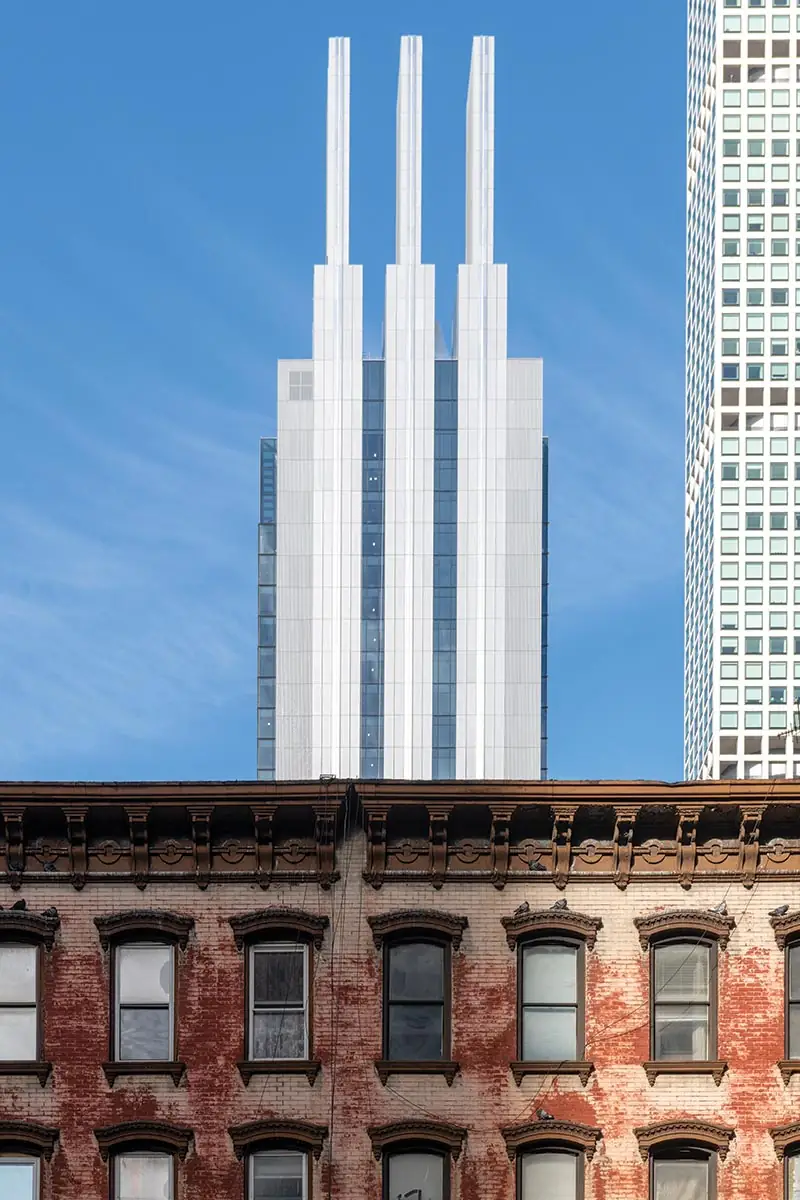
1
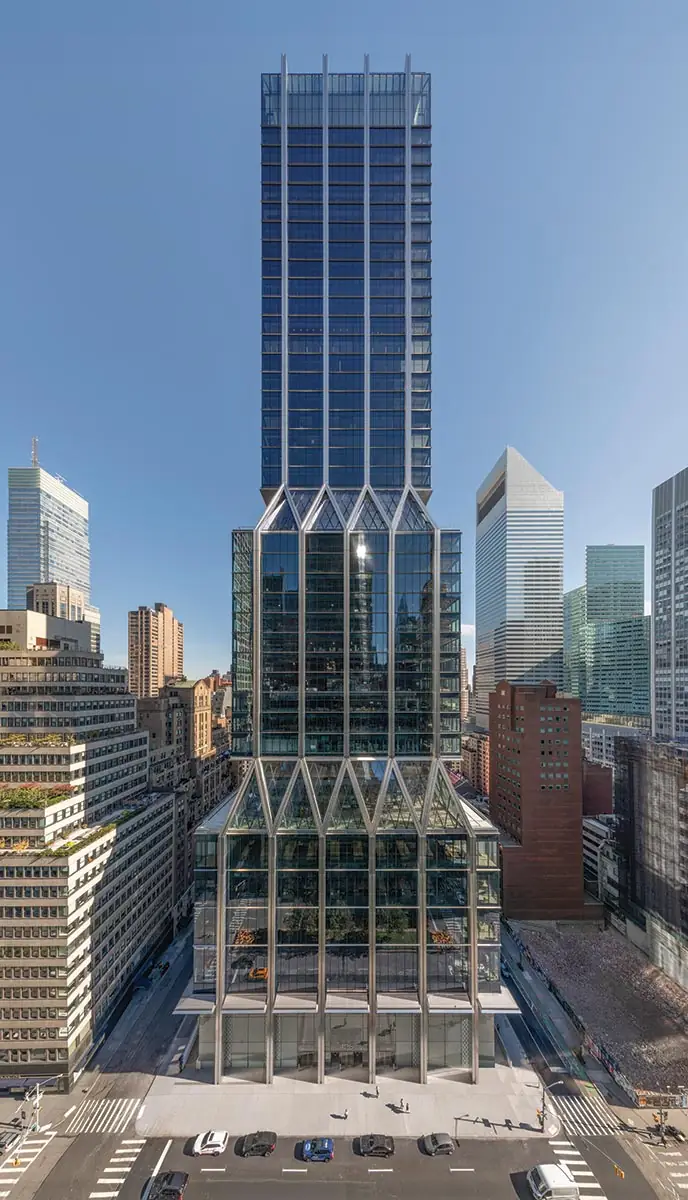
2
The tower’s service core rises on its east side, culminating in three 136-foot-tall blades (1). Its mostly glass west facade addresses Park Avenue (2). Photos © Nigel Young / Foster + Partners, click to enlarge.
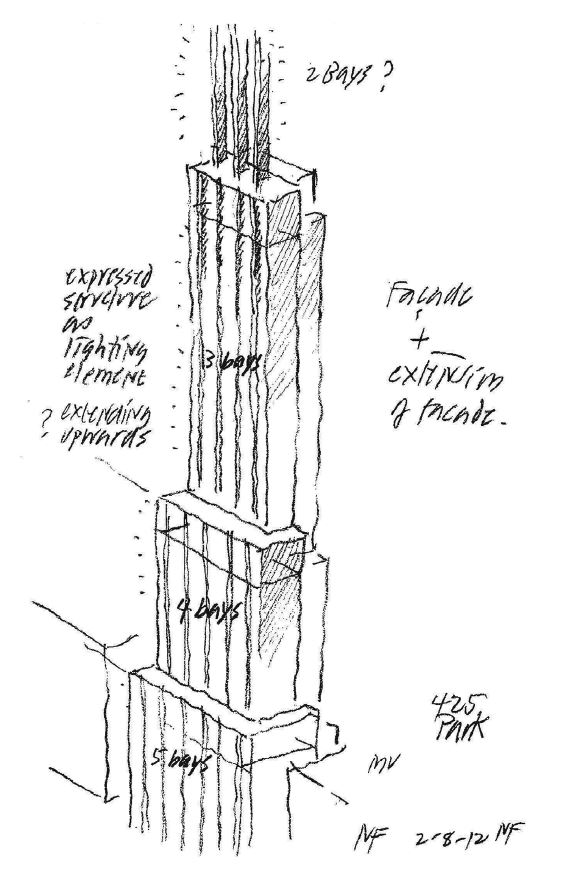
An early sketch by Foster himself set the key ideas for the project.
What struck Levinson about Foster was the clarity of his scheme, the quality of his team, and his ability to explain everything. “He draws in a sketchbook as you sit there, and you see his ideas come alive,” says Levinson.
The Foster scheme stacks three blocks of offices with a double-height floor separating each one and stepping back each time on the north, south, and west. This provides three different-size floor plates, allowing L&L to attract a range of tenants—from large financial companies to smaller professional firms. Each of the two setback floors features outdoor terraces on the north and south, as well as social spaces for eating and gathering—for a single tenant on the 7th floor and for all building tenants on the 26th. Another healthy-building strategy provides a separate air-handling unit for each level, giving tenants more control and potentially reducing energy use.
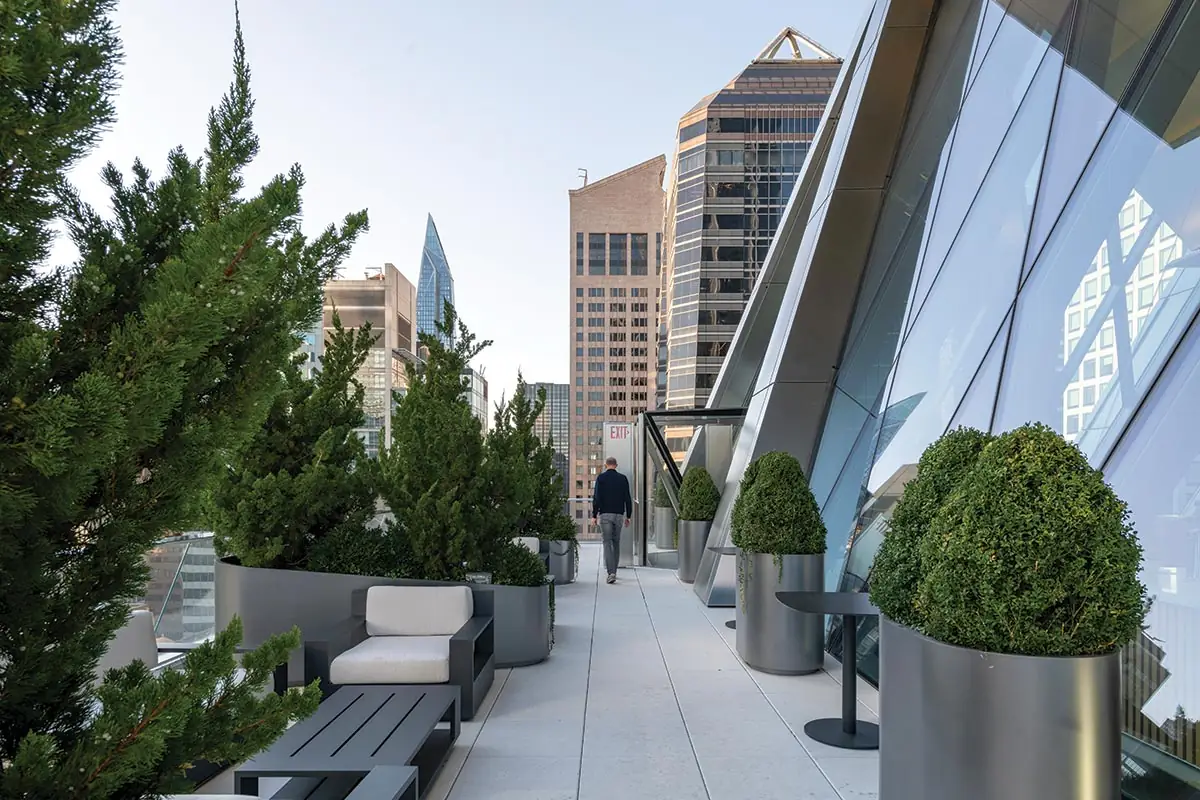
A shared amenities floor features a pair of outdoor terraces. Photo © Nigel Young / Foster + Partners
Instead of placing the circulation-and-mechanical core at the center of the building, the project team, including mechanical and structural engineers at WSP, moved it to the east side, where an existing mid-rise office tower blocked views anyway. Doing this creates a large rectangular space on each floor for tenants to lay out as they see fit, rather than arranging offices within a square donut. Foster and WSP also designed a steel exoskeleton for the structure, so perimeter columns don’t impinge on the flow of interior space. Floor slabs extend beyond the steel frame on the north and south, creating corner offices that appear to float above the street.
Sliding the core to one side, though, creates asymmetrical loads on the structure, so the architects and engineers developed a diagrid system for the double-height floors where the building steps back. At the ground level, six steel columns rise along Park Avenue. But at each double-height transition level, one column drops off and loads are transferred to the next stack of floors via the diamond-shaped structure. A second row of columns runs through the center of the floors, with one dropping off at each transition level—so the lowest stack of floors has six of these columns, while the second has five, and the third has four. At the top of the tower, these columns disappear completely. The structure combines steel elements, a concrete core, and concrete floor slabs. A trio of concrete shear walls runs through the core and is expressed at the top of the building as blades extending 136 feet above the highest floor, creating a distinctive crown visible on the city’s skyline. On the north and south of this stylish top, LED screens present digital artwork to catch the eye of pedestrians from many blocks away.
Due to New York zoning regulations, L&L had to retain 25 percent of the old building’s structure if it wanted to develop the same amount of space as its predecessor—670,000 square feet. Though the City Council ultimately relaxed the rules in 2017, it was too late for L&L to benefit, since construction had already started the year before.
To accommodate the more restrictive rules, the project team devised a complex plan that removed the top 15 floors of the existing building, inserted a temporary steel structure to support the remaining 17 floors, then removed every other floor slab to create double-height spaces for the new building. Once this was done, the contractor erected the new structure, incorporating the old floor slabs that remained and adding the new exoskeleton and 30 new floors on top of the old ones.
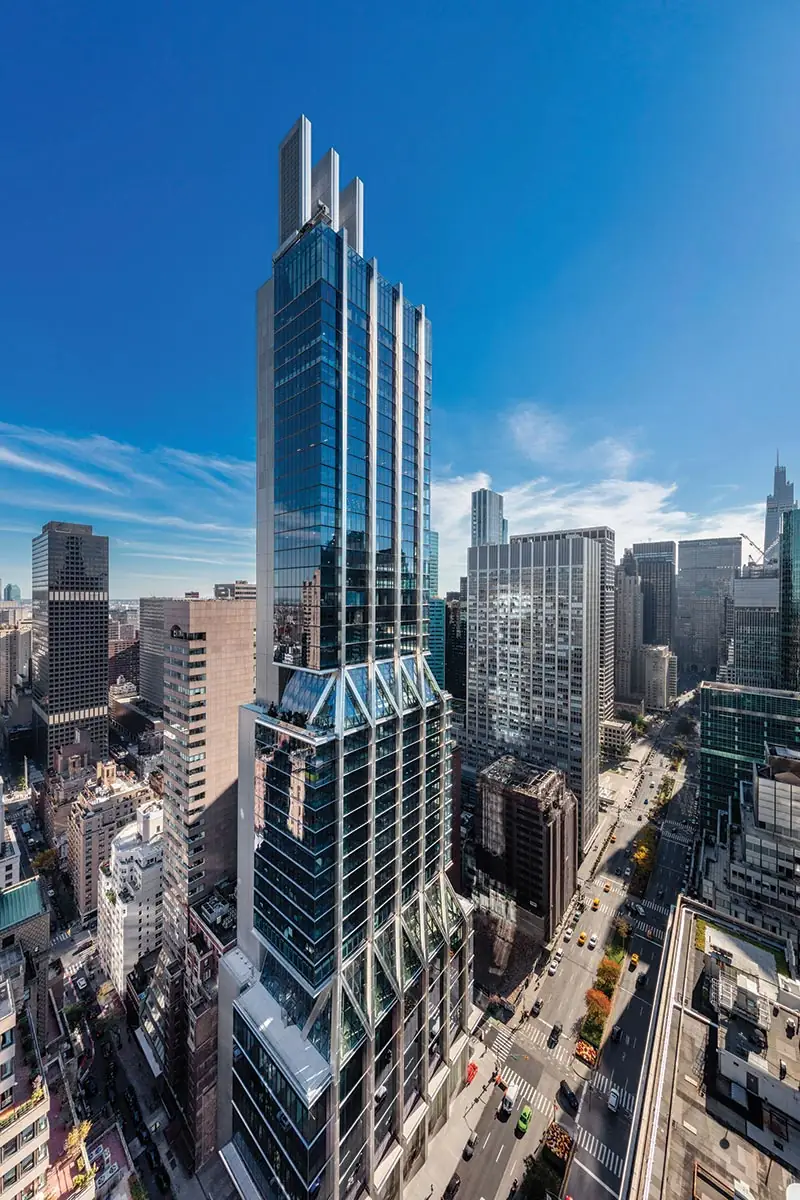
New York’s grid informed Foster’s design for the structure and its elevations. Photo © Alan Schindler
With its gridded facades and its exposed structure serving as its main architectural expression, 425 Park echoes the “tautness” of its illustrious neighbors, says Nigel Dancey, a senior executive partner and studio head at Foster. The architects also took inspiration from the drawings of Hugh Ferris, who envisioned moody, stepped-back towers lining the avenue, says Dancey. “We took the history and grandeur of Park Avenue and updated it for a new era,” says James Barnes, a senior partner at Foster.
The building also borrows from Foster’s own history. Moving the core to the perimeter was a key strategy that the firm employed in its first high-rise project, the Hongkong & Shanghai Banking Corporation (HSBC) Headquarters in Hong Kong, completed in 1986. On top of that, like HSBC, 425 Park separates blocks of office floors with multi-height levels identified by triangular structural elements boldly expressed on the exterior. The two buildings also engage the street with a bit of swagger, HSBC with its now iconic angled escalators taking visitors to a 10-story atrium raised a few levels above a covered plaza, 425 Park with a 45-foot-high lobby bookended by same-height spaces for a restaurant on the north and a gallery/retail component on the south.
Art plays a key role throughout 425 Park. In the lobby, a large Sol LeWitt piece takes center stage. In the restaurant, which Foster himself designed, a long Larry Poons painting anchors the bar area. On the shared-amenities level on the 20th floor, the Foster team composed a wall-mounted sculpture repurposing 400 stainless-steel balls that artist Yayoi Kusama had created years before (top of page).
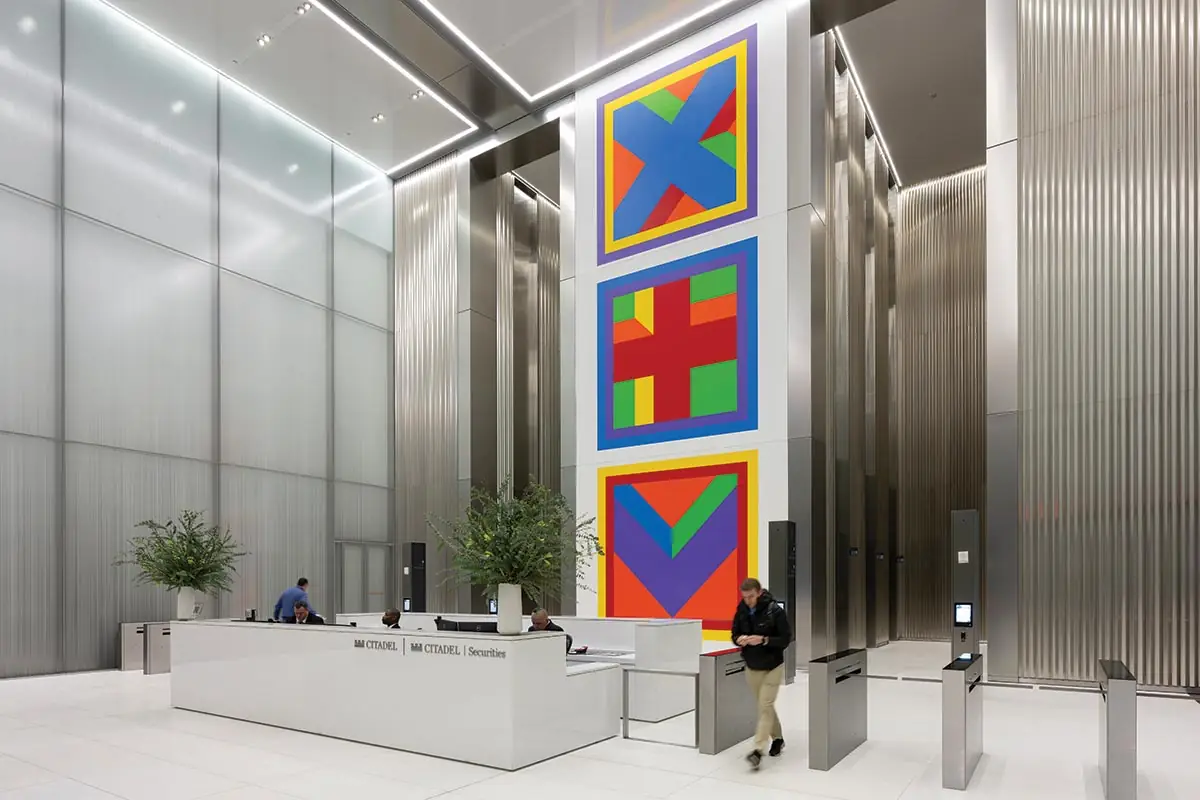
3
A Sol LeWitt painting animates the lobby (3), while one by Larry Poons runs above the bar (4). Photos © Nigel Young / Foster + Partners
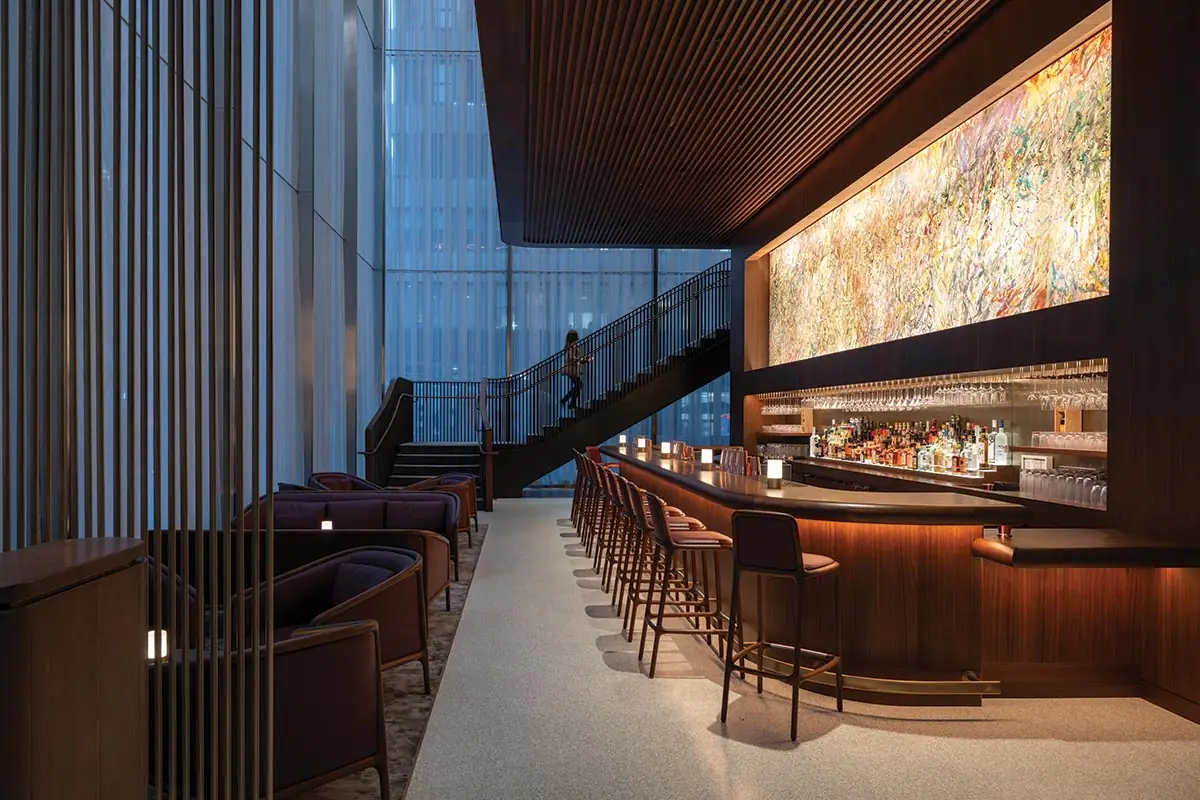
4
Asked about the future of commercial districts like Midtown Manhattan at a time when many people work from home at least part of the week, Levinson is bullish. “The best companies now have their employees coming in almost every day. And recent data show that the top-quality office buildings are leasing out,” he states. According to L&L, 425 is 87 percent leased, nearly half of it to hedge-fund giant Citadel.
Indeed, the success of 425 Park may entice other developers and rich corporations (like JPMorgan Chase, which hired Foster to design its 60-story headquarters now under construction a few blocks south, at 270 Park Avenue) to build expensive structures that can lure the top end of the commercial market. Right now, high interest rates are the main obstacle to that, says Levinson. But if rates come down, a new wave of ne plus ultra towers could sweep through Manhattan. If that occurs, what happens to older office buildings that can’t compete with the sexy newcomers? Will they hang on as partially vacant reminders of previous booms, get torn down to make way for new construction, or be reinvented as housing or something else? Instead of representing the end of an era, 425 Park might kickstart a transition—albeit painful and perhaps lengthy—to a more mixed-use Midtown that is active all day long.
Click plans to enlarge
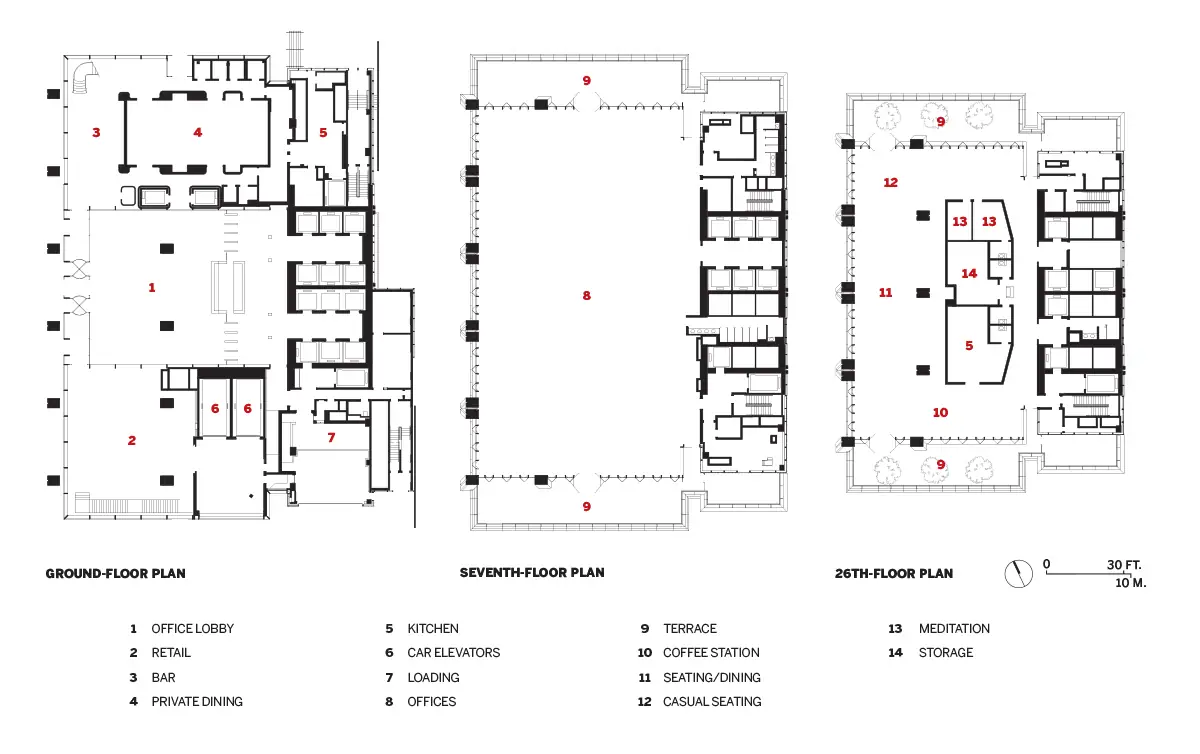
Credits
Architect:
Foster + Partners — Norman Foster, Nigel Dancey, James Barnes, Justin Boyer, Pier Rapana, Joe Bausano
Architect of Record:
Adamson Associates
Engineers:
WSP (structural, m/e/p); Langan (civil)
Consultants:
Cerami (acoustics); Charlie Rizzo (code/expediter); Entek (window washing); Gardiner & Theobald (project management); Jenkins and Huntington (vertical transportation); Socotec (facade); Tillotson Design and Illuminating Concepts (lighting); Jacobs Doland Beer (kitchen); Kroll (security)
General Contractor:
AECOM Tishman Construction
Client:
L&L Holding Company
Size:
670,000 rental square feet; 770,000 gross square feet
Cost:
Withheld
Completion Date:
October 2022
Sources
Metal Panels:
Outokumpu Stainless Steel
Curtain Wall:
Permasteelisa North America, Scheldebouw & Josef H. Gartner
Glass:
AGC Interpane, Saint Gobain Eckelt
Entrances:
CRL Blumcraft
Restaurant Furniture:
Foster with Karimoku



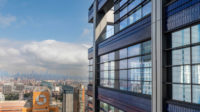
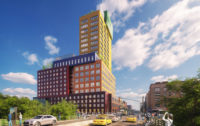
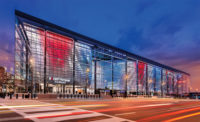
Post a comment to this article
Report Abusive Comment